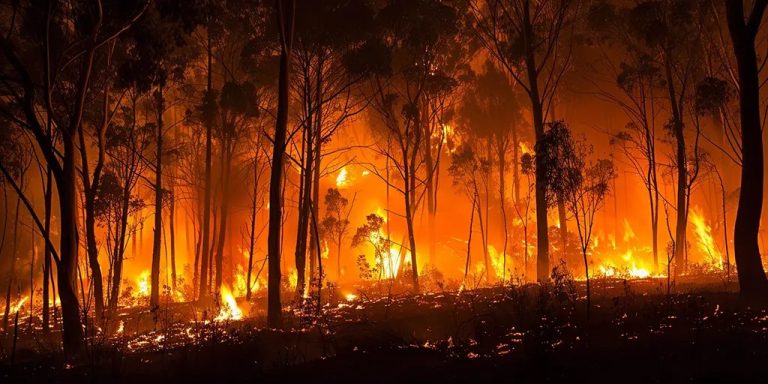Don Healy
Over the past few years, I have been corresponding with a number of local journalists about the causes of the recent increase in forest fires in the United States, but have had only limited success with the written word alone. While a few people now mention fuel loads in their articles, this mention is cursory at best, as they repeatedly emphasize rising temperatures as the driving force. Coming to the conclusion that a more graphical approach was needed, I decided to use a period of COVID-19 isolation to enhance my limited skills using Microsoft Excel's charting capabilities. Here are the results comparing U.S. burned area data with temperature and fuel load:

Looking at the situation from this perspective it is clear that fuel load is by far the dominant factor. This also confirms what OSU forestry professors taught in the late 1960s.
The rationale and data sources behind this chart are as follows: This chart compares the number of acres burned by U.S. forest fires in recent decades to the two main conditions that cause this increase: temperature and fuel load. The orange dotted “acreage burned” line in the chart illustrates the increase in forest fire acreage in the United States over the past four-plus years. Data comes from the U.S. Interagency Fire Center. (Source: https://www.nifc.gov/fire-information/statistics/wildfires) This record used to date back to the 1920s, but due to concerns about earlier records, it was recently revised to cover 1983 to the present period. Unfortunately, the agency has nothing to replace this early data. Many have concluded based on revisions to previous records that the earlier period, particularly the 1920s and 1930s, experienced fewer fires than originally recorded. This hypothesis appears unfounded, considering other peer-reviewed research, the journals of some early Spanish and British explorers, anecdotal evidence from many early settlers, and even Mark Twain's account of his visit to Tacoma in the 1880s. However, the data in this figure are limited to those currently approved.
The solid blue line at the top of the chart is the amount of marketable timber for all ownership in the United States, obtained from a U.S. Forest Service survey covering hardwood and softwood timber species conducted every ten years. (Source: USDA Forest Resources, 2017A Technical Paper Supporting Forest Service 2020 RPA Assessment Sonja N. Oswalt, W. Brad Smith, Patrick D. Miles, and Scott A. Pugh. https:// Research.fs.usda.gov /treesearch/57903) The points on this line represent the exact data from the survey.
The record actually goes back to 1953, showing a 60% increase in marketable timber volume from 1953 to the last survey in 2017. USFS inventory data for 2017 was 985.238 billion cubic feet. Therefore, each number on the left vertical axis represents 100,000 cubic feet. In the absence of any data on total biomass, wood inventory data have been used as a proxy for total fuel load. In reality, the increase in fuel load may be much greater than shown because noncommodity trees, shrubs, and grasses, some of which are highly invasive, are not included. Looking ahead, CO2 fertilization may further affect fuel loads by increasing the growth rate of nearly all plant life and increasing the drought resistance of plants and trees. For example, red alder trees are growing about 20 percent faster than they were in 1950.
The dashed green line in the center plots the change in average annual temperature in the contiguous United States (in degrees Fahrenheit) from 1983 to the present. (Source: https://www.ncei.noaa.gov/access/monitoring/national-Temperature-index/time-series/anom-tavg/1/0) This graph is intended to visually display temperature in normal human existence frame. The top horizontal dashed blue line is at 130 degrees Fahrenheit, just below Death Valley's highest temperature record, and the bottom horizontal dashed magenta line represents -50 degrees Fahrenheit (the coldest temperature recorded was actually -70 degrees Fahrenheit). Temperature reports all show tenths of a degree, greatly amplifying very small changes. It is important to compare data such as temperature change, fuel load and burnt area in a fair proportion.
Comparing these three elements within reason shows that acres burned and fuel load are fairly close, while small changes in temperature are barely noticeable. However, most media and official reports emphasize the role of temperature increases and rarely mention fuel load issues. If we are to effectively tackle the problem of forest fires, we must first get the basic data right so that we can develop effective strategies to deal with this major threat to humanity.
Relevant
